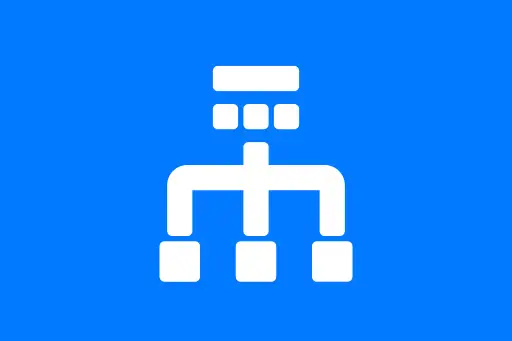System Design vs Software Design – Understanding the Key Differences
Introduction
As a beginner in tech or software engineering, you might come across the terms System Design and Software Design. Although they sound similar and often overlap, they refer to very different aspects of building software solutions.
This guide will help you understand these concepts clearly, using examples, explanations, and intuitive questions to guide your thinking.
What is System Design?
System Design refers to the high-level design of an entire system. It deals with designing scalable, distributed, and robust systems that solve complex problems. It covers multiple components such as databases, servers, APIs, load balancing, caching, data flow, and network communication.
What is Software Design?
Software Design is concerned with how a particular piece of software or a module is structured. It focuses on code-level design, including classes, methods, design patterns, object interactions, and logic. Software design is mostly about writing maintainable, modular, and efficient code within a component.
Key Differences Between System Design and Software Design
| Aspect | System Design | Software Design |
|---|---|---|
| Focus | High-level architecture of the full system | Internal structure of software components/modules |
| Scope | Servers, databases, APIs, networking, scaling | Classes, methods, code structure, algorithms |
| Design Tools | UML, flowcharts, architecture diagrams | Class diagrams, sequence diagrams, pseudo-code |
| Audience | System architects, backend developers, DevOps | Software engineers, programmers |
| Example Use Case | Designing Instagram's entire backend system | Designing the feed sorting algorithm in Instagram |
Example 1: Designing a Chat Application
Imagine you are designing a chat application like WhatsApp.
System Design Perspective:
You would think about:
- How messages are sent and stored
- What database to use for storing chats
- How to make sure messages reach even during network failure
- How to handle 1 million users sending messages at once
Software Design Perspective:
You would focus on:
- How to create a Message class
- How the UI code connects to the message sending logic
- How to reuse the message rendering logic
- What design pattern (e.g., MVC) to use in the mobile app
Question:
If you're deciding between using a SQL or NoSQL database for message storage, is it system design or software design?
Answer:
This is a system design decision. Choosing the database type affects scalability, availability, and performance at the system level.
Example 2: Building an E-commerce Platform
Let’s say you are building an Amazon-like online shopping platform.
System Design Tasks:
- Designing how to manage millions of products and users
- How to ensure high availability during flash sales
- Designing APIs for different services: search, order, payment
- Load balancing and caching for faster responses
Software Design Tasks:
- Designing the Cart class and its methods (add, remove)
- Defining user entity with proper encapsulation
- Implementing clean code for the checkout logic
- Applying design patterns like Factory or Singleton
Question:
Is deciding how to split functionality across microservices a software or system design task?
Answer:
That’s a system design task because it involves architectural decisions about how components interact and scale.
Why is This Distinction Important?
Understanding this difference is important because:
- System design helps you prepare for interviews and real-world backend development challenges.
- Software design helps you write clean, modular, and maintainable code.
Both are essential, but they serve different purposes in a project's lifecycle.
Question:
In an interview, if you’re asked to “design a ride-sharing app like Uber,” what kind of design is expected?
Answer:
You’re expected to do system design — how the different services work together, how users are matched with drivers, how to handle scale, etc.
Summary
- System Design = Big Picture Architecture
- Software Design = Detailed Code Structure
- Both are critical in building robust, efficient, and scalable applications
Quick Recap
- System design = design of the entire system architecture
- Software design = design of classes, objects, functions within the system
- Examples help differentiate their scope
- They work together but at different abstraction levels











Comments
Loading comments...